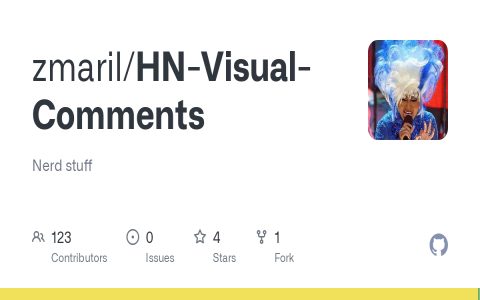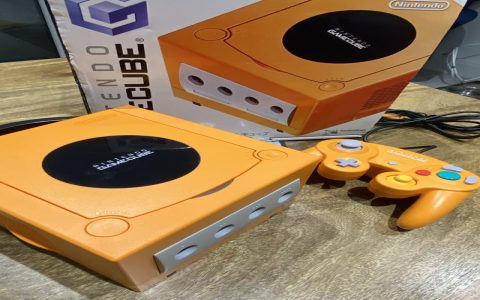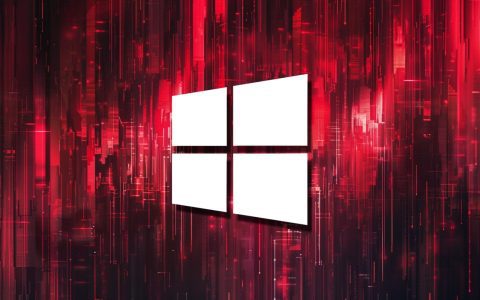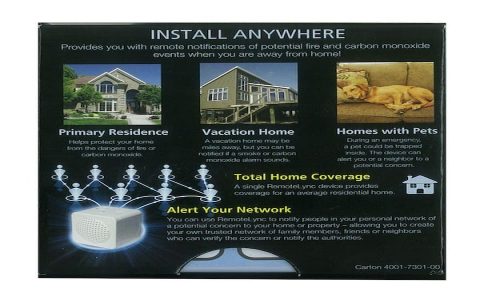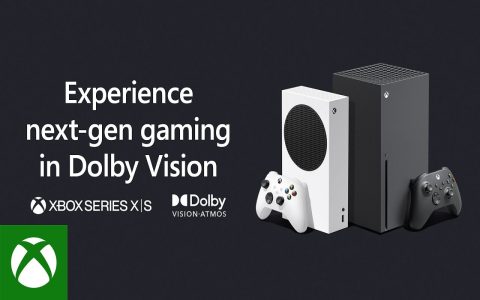Linux Mint and Ubuntu share a common Debian/Ubuntu foundation but diverge significantly in philosophy and implementation. Here's a concise breakdown of their current key differences:
Desktop Environment & Default Experience
Ubuntu defaults to GNOME with a highly customized workflow (Ubuntu Dock, Activities Overview). Linux Mint offers three official flavors: Cinnamon (flagship, Windows-like), MATE (lightweight GNOME 2 fork), and Xfce (ultra-lightweight). Mint’s UI emphasizes familiarity with a traditional taskbar, start menu, and system tray.
Software & Pre-installed Packages
Mint includes proprietary media codecs and essential apps (e.g., Celluloid, Xviewer) by default, ensuring out-of-box media playback. Ubuntu relies on user opt-in during installation for non-free codecs. Mint also bundles:
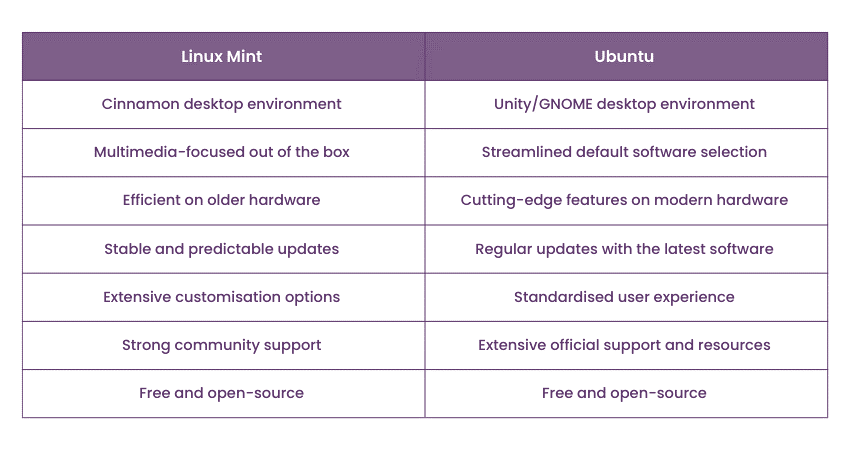
- Timeshift: Integrated system snapshot/restore tool
- Update Manager: Curated security patches
- Driver Manager: Simplified proprietary driver handling
Update Philosophy & Stability
Mint prioritizes stability via its Update Manager, categorizing updates into:
- Level 1-3: Safe, automated updates
- Level 4-5: Requires manual approval for kernel/driver changes
Ubuntu uses unattended-upgrades for security patches but pushes broader updates faster. Mint’s approach minimizes unexpected breakage.
Package Management & Backends
Both use APT/dpkg, but Mint's apt install performance is optimized. Mint also maintains its own repositories alongside Ubuntu’s, adding dedicated tools like:
- Synaptic Package Manager pre-enabled (optional in Ubuntu)
- mintinstall: User-friendly software center with Flatpak/Snap options disabled by default
Snap Integration
Ubuntu aggressively promotes Snap packages, with Firefox and Chromium installed as Snaps. Mint blocks Snap dependencies automatically and uses Flatpak/APT as preferred alternatives. Users must manually enable Snap support if needed.
Hardware & Driver Support
Both support NVIDIA/AMD GPUs, but Mint’s Driver Manager simplifies installation. Mint’s Xfce/MATE editions offer superior performance on older hardware compared to Ubuntu’s GNOME baseline.

User Experience Nuances
Mint minimizes desktop notifications and avoids Amazon integration/advertising (historically present in Ubuntu). Desktop icons, panel customization, and theming are more straightforward in Mint’s default editions versus Ubuntu’s GNOME workflow.
Recommendation Summary: Opt for Linux Mint if prioritizing traditional UI paradigms, strict stability control, out-of-box proprietary support, and Snap avoidance. Choose Ubuntu for newer hardware integration, faster kernel updates, and commitment to GNOME/Canonical ecosystem tools.






